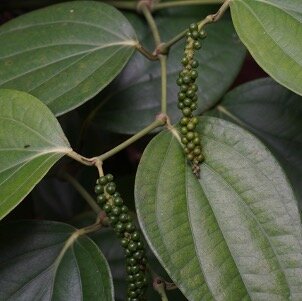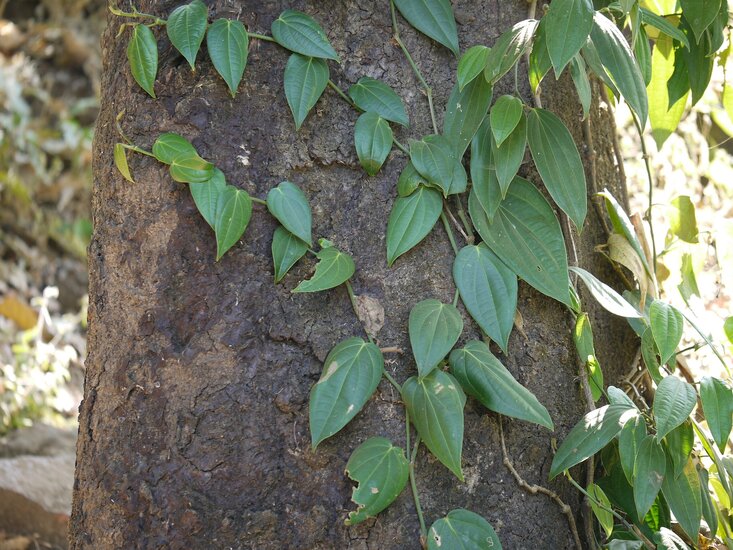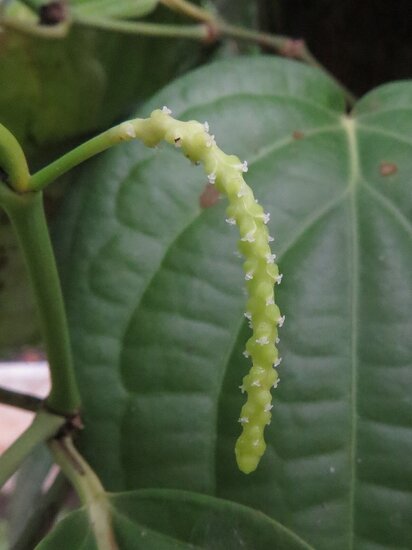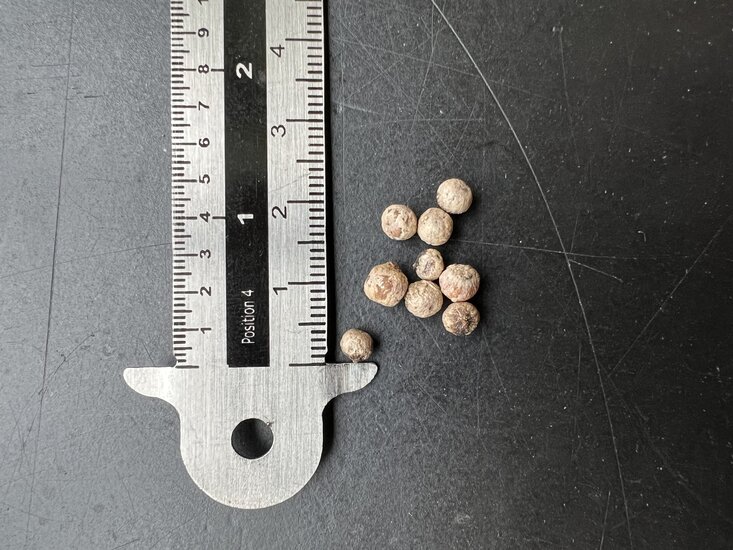Do you have a question about this product?
Ask us your question








Product description
Piper nigrum, commonly known as the black pepper plant, is the source of not only black pepper but also white, green, and red peppercorns. The differences between these varieties lie in the timing of harvest and the methods of processing.White pepper is produced by removing the outer skin of fully ripened seeds.
Black and green peppercorns come from unripe fruits. When dried, the unripe green fruits turn black, creating black pepper. Green peppercorns, on the other hand, are preserved using processes like freeze-drying to maintain their green color.
Red pepper is made by preserving the ripe red fruits. The red pepper corns shouldn’t be confused with the pink pepper corns, which are actually harvested from Schinus terebinthifolia. Since red peppercorns are quite expensive to produce, pink peppercorns are often used as a substitute in 4 season pepper mixes.
Native to the western coast of India, Piper nigrum grows as a large vine that can reach up to 10 meters in height. It produces tiny white flowers on long, slender inflorescences, each bearing around 50 flowers. After pollination, small fruits develop and change color from green to yellow-red as they ripen. Each fruit contains a stone seed that is rich in the compound piperine, which gives pepper its characteristic spiciness.
In more temperate climates, the plant is best grown as a houseplant. This ensures it remains smaller and can survive cooler winter temperatures indoors. However, getting the plant to flower indoors is challenging, making it an exciting task to grow and harvest your own peppercorns. For optimal growth, keep the plant in partial shade and ensure the temperature stays above 12°C.
Sowing description: The seeds first need to be scarified, to ensure proper germination. Soak the seeds in lukewarm water for a period of 24 hours. The seeds can be sown in regular sowing mix and can be covered with 1 cm of soil. Keep the seeds at a temperature of around 25 degrees Celsius and provide a partially shaded spot. The soil should be constantly moist, but not wet.
Product specification
Family:
Piperaceae
Scientific name:
Piper nigrum
Common name:
Black pepper
Native to:
India
Sowing time:
Whole year round
Difficulty level:
Intermediate
Minimum temperature:
12 degrees Celsius
Do you have a question about this product?
Ask us your question
Product specification
Family:
Piperaceae
Scientific name:
Piper nigrum
Common name:
Black pepper
Native to:
India
Sowing time:
Whole year round
Difficulty level:
Intermediate
Minimum temperature:
12 degrees Celsius
Add review
Write a review about this product.
Reviews
View all reviews from our customers below
4,0
on the basis of 1 reviews
Unfortunately the seeds never sprouted, but this is due to the complexity of making them sprout.
I recommend buying from them



